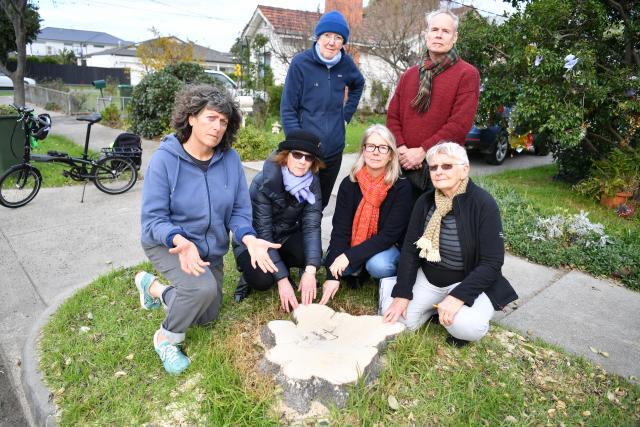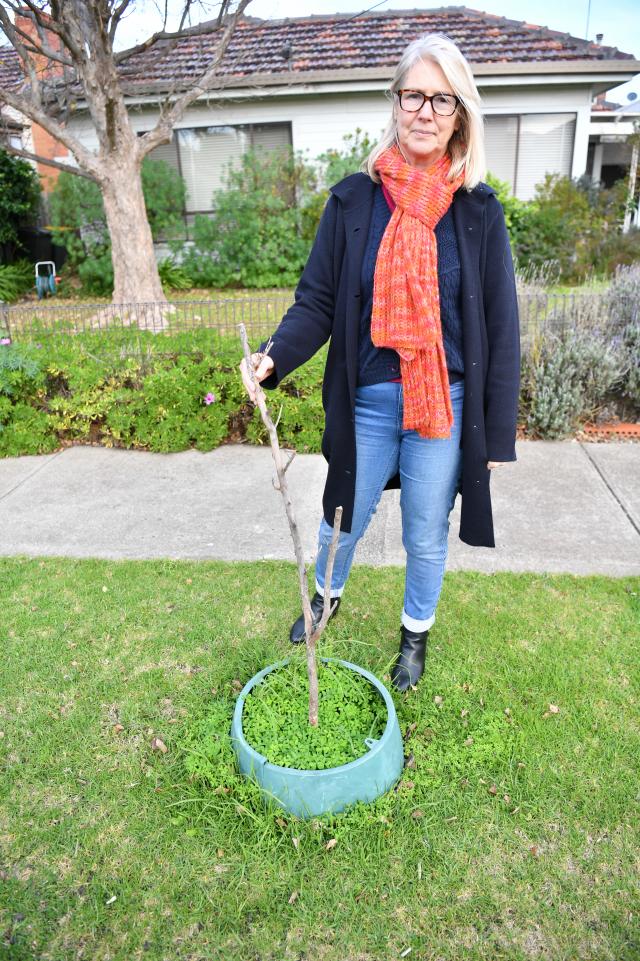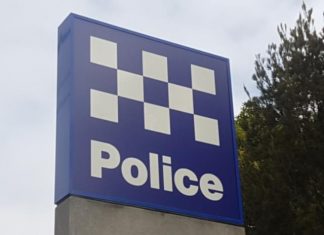
By Matthew Sims
A Williamstown tree protection group has called for Hobsons Bay City Council to avoid a “reactive and destructive” approach to Norfolk Island Hibiscus trees.
Also known as lagunaria patersonia or ‘itchy bomb’ trees, the council has begun works to replace the trees across Hobsons Bay as part of its Urban Forest Strategy.
Williamstown Tree Group convenor Russell Carrington said the planned removal of about 200 trees across Williamstown would have a “huge impact” on the town’s canopy cover.
“Their removal is contrary to Council’s own Urban Forest Strategy and will negatively impact on the amenity of our neighbourhoods,” he said.
“These mature and healthy trees are climate change resilient and are great coastal and ecological performers in hard-to-grow areas.”
A council spokesperson said the trees’ seed capsules were known to cause respiratory and skin irritation and the trees would be replaced with more suitable species which offer greater canopy cover without the risk to human and animal health.
“Council is working hard to increase the number and diversity of trees across the municipality, with our Urban Forest Strategy including an ambitious goal of a 30 per cent canopy cover by 2040,” the spokesperson said.
The spokesperson said following an invitation to the community to nominate the local trees, council received about 400 requests from local residents, including those from Altona, Williamstown and Seaholme.
Tobruk Crescent resident Sally Jones said council workers cut down 19 trees last week.
“After the arborists and their machines left, the birds were roaming around the stumps looking bewildered,” she said.
“Our street’s urban forest is gone.”
Twyford Street resident Sandra Thorn said the council has proposed to remove a further 17 trees along the street, which would reduce the tree canopy by more than 50 per cent.
“These trees provide shelter and habitat for a range of native honeyeaters, ring- and brushtail possums, owls, fruit bats and insects,” she said.
“It will take 10 years at least for replacement trees to develop a mature canopy, if they survive at all in this hard-to-grow location.”








